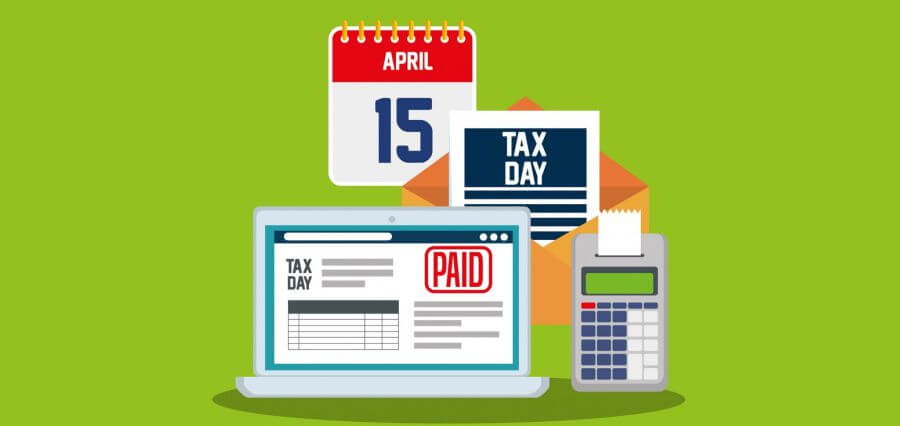As we all know, calculating tax obligations is a complex process, and it becomes even more complicated when other elements like exemptions, deductions, and monthly instalment payments are involved. Rather than paying a massive amount to professionals, you can manage your finances through digital tools like an income tax calculator and an EMI calculator at minimal cost or even for free.
Therefore, this article will explain these tools and how they help provide financial security.
What is an Income Tax Calculator?
An income tax calculator is a digital tool used to compute the tax obligation. It takes elements like all income sources, deductions, and applicable tax laws into account for computation. Taxpayers can pay their taxes either through the online platform of the Central Board of Direct Taxes (CBDT) or let it automatically deduct from their monthly salaries.
Users should not worry about the accuracy of these tools, as they are regularly updated according to the latest tax laws and regulations. By utilising an income tax calculator, you can make well-informed financial decisions, such as how much to invest, save, or set aside for taxes.
Benefits of the Income Tax Calculator in Financial Planning
Considering the uses of income tax calculators, the following are the benefits of using them.
- Accurate estimation of tax liability: The income tax calculator provides a precise evaluation of tax liability that is close to the exact tax obligations. This helps the taxpayer effectively manage and plan their finances.
- Time-saving process: Previously, tax requirements were computed manually by professionals for a significant price. However, with the introduction of income tax calculators on the market, tax calculations may now be done at home. This not only reduces the risk of manual errors but also saves taxpayers a lot of time.
- Guides in financial decision-making: Income tax calculators help taxpayers calculate their taxes in advance, allowing them to make better financial decisions. These decisions include adjusting investments and maintaining expenses for tax savings.
- Identifies tax-saving opportunities: By estimating their tax liability through income tax calculators, taxpayers can identify areas where they can save tax, such as investing in retirement funds, insurance, education, and more.
How to Use an Income Tax Calculator?
Income tax calculators are straightforward to use and can also be used by people who struggle with technology. The following are the instructions for using it.
- Input details of income: The first step in using an income tax calculator is entering the details of your total income. This includes your salary, bonuses, interest, dividends, and any other sources of revenue. Remember to enter all your income sources, as it will help to compute the correct tax liability.
- Enter deductions and exemptions: In the next step, provide all your eligible exemptions and deductions, such as standard deductions, home loan interest, medical expenses, and contributions to retirement accounts.
- Calculate tax liability: After providing all the required information, the calculator will deliver your tax obligation.
When calculating your tax obligation through an online tool, make sure that it is based on and follows the latest tax regime. Neglecting this might result in calculating your tax obligation according to the old tax rates.
Contribution of the EMI Calculator to Financial Security
While talking about the income tax calculator for financial security, we can’t neglect how significant managing your loan repayment is. To do so, we need a tool to identify the monthly instalment payment for your loans. This is the time when an EMI calculator plays its role.
An EMI calculator determines your monthly instalment amount based on the principal amount, interest rate, duration of the loan, and other variables. It assists borrowers in calculating their monthly loan payments.
Lastly, when an income tax calculator and an EMI calculator are used together, it can help taxpayers create and maintain a balance between their tax-saving investments and their loan repayment. For example, if you’re paying a home loan, you can use the ACKO EMI calculator to understand your monthly instalment. Then, use the income tax calculator to see how much you can save on taxes through deductions on home loan interest.


